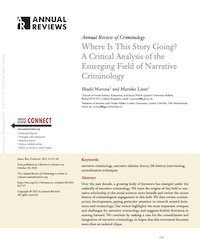By Global Initiative Against Transnational Organized Crime
The last decade and a half has seen an alarming surge in illegal wildlife trade (IWT) on the internet. However, a dearth of data regarding the scale of the market, its dynamics, operations and ramifications, especially on a global scale, is a significant hindrance to combating this crime. To address this, ECO-SOLVE is developing a Global Monitoring System (GMS) to systematically monitor global online IWT and gather data to feed into law enforcement activity and to inform policymaking. The GMS is a network of data hubs in countries whose domestic online markets are considered the largest or most consequential in their regions. The GMS’s national monitoring nodes are being set up in a staggered process and the size and scope of the network will grow with each edition of the Report. This Global Trend Report draws on data from two national data hubs: Brazil and South Africa. By identifying areas of high pressure on endangered species and ecosystems, monitoring may enable targeted interventions and inform law enforcement action to prosecute those responsible for wildlife crimes. Additionally, monitoring can help detect emerging trends and shifts in the trade, allowing for timely and effective responses to new threats and challenges. This is the second publication in a series of Global Trend Reports that aim to showcase and contextualize trends in online IWT. Reports will be published throughout the three years of the ECO-SOLVE project, with about two to four reports released per year. Drawing on findings generated by the GMS, each Global Trend Report will highlight the latest trends in statistical data, including the number of advertisements found, the species advertised as well as the platforms that host these adverts. Diving deeper into individual topics, the reports will offer regional breakdowns and include sections that contextualize and analyze findings, while also investigating changes in regulations and their effects on online IWT as well as trends in law enforcement. The reports will also discuss case studies of online IWT. Following the structure of the first Global Trend Report, the second issue begins with a trend analysis of online IWT drawing on data from regular monitoring carried out between May and July 2024 by GMS data hubs in Brazil and South Africa. The report then takes a closer look at the online and offline illegal trade in Pirarucu in Brazil, as well as the trade routes used and links to cocaine markets. The third section presents a case study of the illegal wildlife trade as linked to traditional medicines in South Africa, highlighting gaps around regulations and enforcement.
Geneva: Global Initiative Against Transnational Organized Crime, 2024. 33p.




